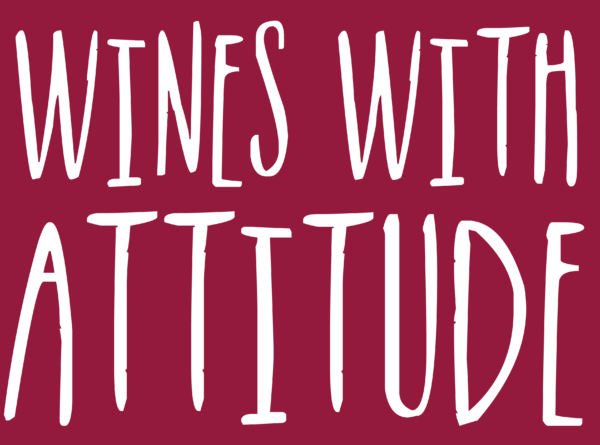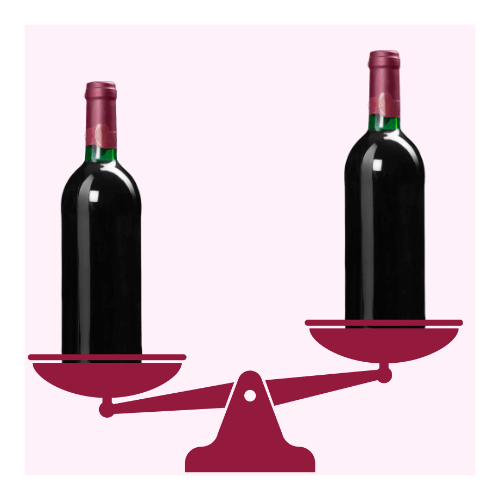No products in the basket.
Lower Carbon Footprint with Lighter Wine Bottles
LOWER CARBON FOOTPRINT WITH LIGHTER WINE BOTTLES Reducing the weight of wine bottles is a small but relatively easy way to reduce wine’s carbon footprint. This blogpost looks at why some wine bottles are so heavy, how light they could safely become and the obstacles on the path to lightweight wine bottles for the wine industry. In the face of climate change, the wine industry like others has been undergoing a slow but steady transformation for several years in order to reduce its carbon footprint. Great strides have been made in the vineyards and in wineries especially in the mid-range and premium areas of the market but attention is now turning to the bigger problems of packaging and transportation which together are responsible for about 50% of the carbon footprint of wine. The focus for many within the industry – mainly because it is considered a quick win – is reducing the weight of wine bottles. HOW HEAVY ARE WINE BOTTLES? As regular readers of my newsletters will know, heavy wine bottles are a real bugbear of mine; I just don’t see the need and feel it is such a waste especially as many of the heaviest seem to come from New World countries and therefore have to travel long distances to reach the UK market. It is believed that the average weight of empty still wine bottles is about 550g; in my very unscientific experiment over the last few weeks, I reached a very similar conclusion with the heaviest bottle weighing in at a phenomenal 985g, yes, almost 1kg before wine is added, which would make a case of 12 full bottles weigh almost 21kg. You have to have sympathy for warehouse operatives and couriers that have to lift such heavy loads on a regular basis. WHY ARE WINE BOTTLES SO HEAVY? Champagne and sparkling wine bottles need to be strong enough to contain the pressure from the bubbles but the focus in this blogpost is on still wine bottles and they don’t have the same excuse for heavy bottles. It used to be widely believed that heavier bottles contained wine of a better quality and without doubt many brands helped to spread that belief but it is quite simply a myth. Some wine producers, brand managers and sommeliers use the related excuse that consumers expect a heavy bottle but there is of course very little if any data to support that and, as consumers are becoming much more aware of climate change and sustainability, that argument doesn’t hold much weight – if you excuse the pun. In fact, whilst one of the main drivers for reducing the weight of wine bottles is the environment and a second is reducing costs, a third driver is the number of consumers becoming more interested in more sustainable and lower carbon products generally. Glass is still the best container for wine as it is inert but current thinking is that for wines that are meant for quick consumption (within 1 to 2 years) or in small formats, alternative packaging may be the answer (and that’s the subject of a future blogpost). In an ideal world glass would therefore just be used for wines that are meant to age in bottle for several years. Nevertheless, those glass bottles need not be so heavy. Bottles only need to be strong enough to prevent breakages which mainly occur on the filling line and in transportation. WHAT IS THE OPTIMUM WEIGHT FOR WINE BOTTLES? What the optimum weight for wine bottles should be is a difficult question to answer as there are other considerations like bottle shape and secondary packaging to consider. Apparently Burgundy bottles are much easier to make lightweight than Bordeaux bottles which have more defined shoulders and could be as light as 350g without the need for additional packaging to prevent breakages in transit. It is clear though that the whole supply chain needs to be taken into account in order to find the optimum weight. The lowest weight that is believed to be achievable for glass wine bottles is believed to be about 350g, down from an average of about 550g currently. The good news is that experimentation with these lighter bottles has not required any changes to production lines and nor have producers who use lighter bottles had negative customer feedback. In a debate on the subject at London Wine Fair 2023 Nigel Greening, proprietor of Felton Road wines, said that since using 417g bottles for five years, they have had no pushback at all from customers and no decline in sales which suggest that customers have accepted the new format without question. There is already an example in the drinks industry in the UK because, as long ago as 2007, many spirits producers agreed to reduce the weight of their bottles from 525g to 320g and that has been accepted by the market. Several large retailers in the UK are in the process of signing an accord to move to wine bottles weighing 420g or less by the 2027 vintage. 420g is also the weight that state-controlled wine importing organisations in Canada are using as the maximum they will buy. That figure seems to be a good starting point. One simple solution to reduce the weight of bottles would be to shorten the neck of wine bottles. This is already something that is being done with screwcap-topped bottles but it is more difficult with bottles sealed with a cork. Other suggestions are to reduce or do away with the punt and simply to reduce the thickness of the glass. THE CHALLENGES TO REDUCING WINE BOTTLE WEIGHTS The biggest challenge, as with most things, is encouraging people to change their mindsets and some of the traditional practices within the industry and this would need to come from the wine producers, wine associations or appellations to brand managers, logistics companies, retailers and consumers. For example, some wine regulators or appellations are very prescriptive about the size, weight and shape of wine


